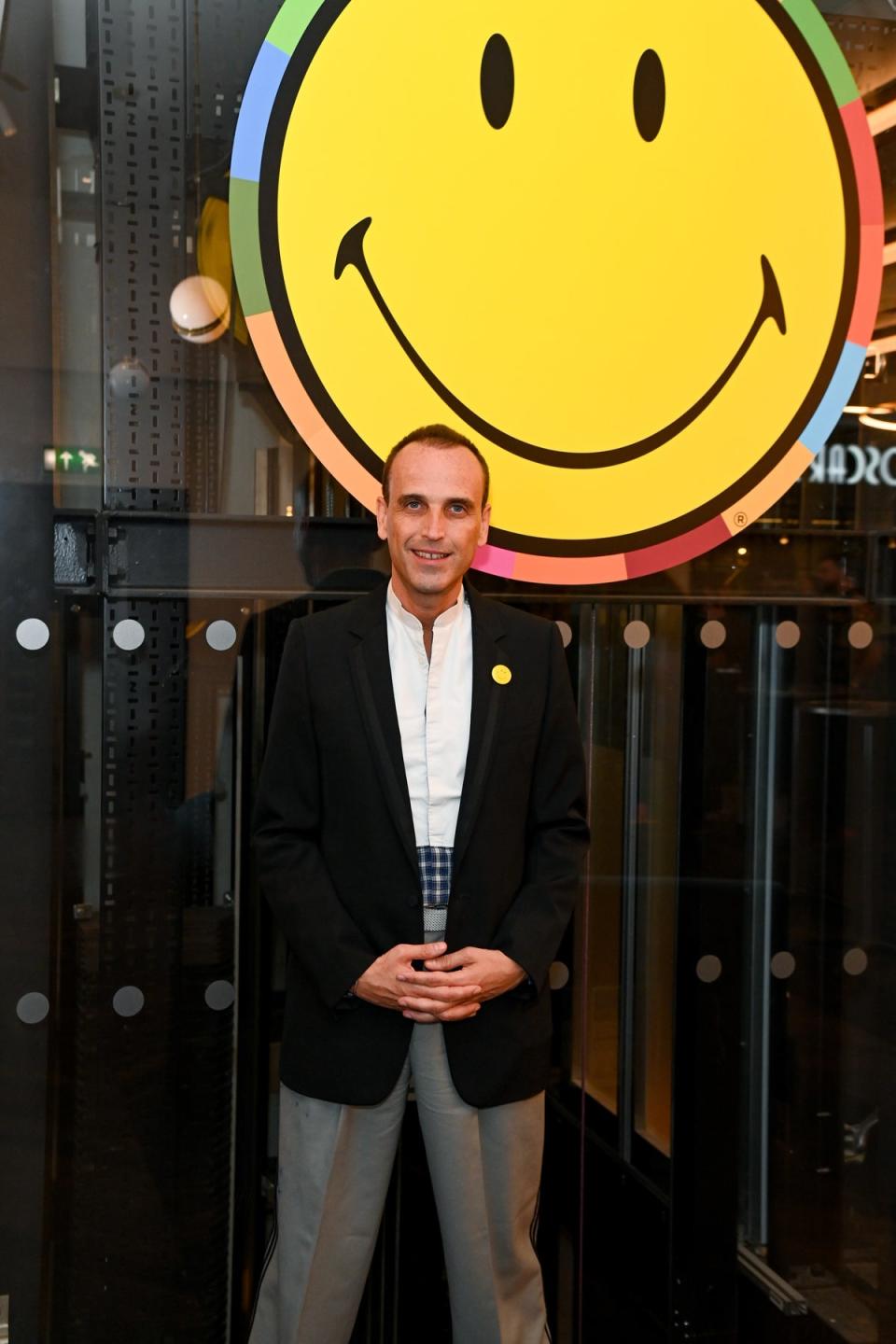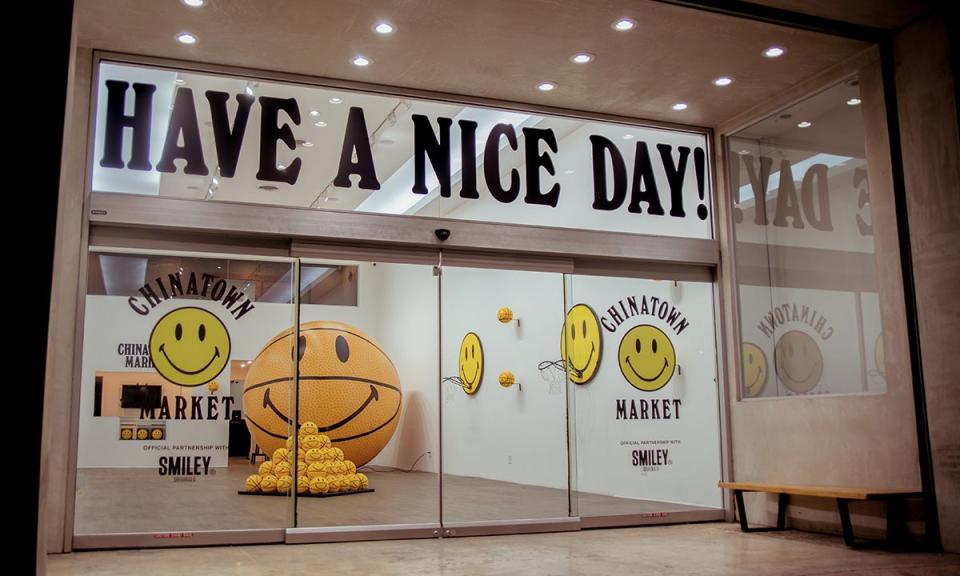The Smiley way to a £500 million business

They say you can’t put a price on happiness - but Nicolas Loufrani’s business is selling £500 million of products related to the round, yellow, smiling image of it each year.
The French-born entrepreneur’s father, Franklin Loufrani, first trademarked the ‘smiley’ logo back in 1972 as part of his bid to make positive news stand out to readers of a French newspaper. “The image then became a phenomenon - the smiley on clothing, accessories, stationary, toys, and chocolates in the 70s and 80s,” Nicolas Loufrani explains.
“But it wasn’t managed as a brand, the logo waslicensed but there was no brand name, there was no commercial or design strategy, and eventually it ran out of steam.”
Loufrani, who was born just a few weeks before the smiley logo was trademarked, certainlydidn’t imagine spending his life with it. But when his first career - working with fashion designer Oswald Boateng - ended in 1997, he decided to relaunch the Smiley as a licensing business. “At the time,” he says, “there was really no demand for the logo. I couldn't even find anyone who wanted in on a supermarket t-shirt. The smiley was thought of as old and cheap.
“So I started from scratch, with a new marketing strategy to take this logo that nobody wanted and to make it cool again.” Loufrani invested some £500,000 to cover legal and start-up costs, starting by registering the name Smiley “in as many categories as possible and all over the world” - from fashion and accessories to jewellery, toys, and food.
“I wanted to sell t -shirts, greeting cards, plush toys. My inspiration was Mickey Mouse and Hello Kitty - I started creating fun icons and variations of the original logo to get people from the manufacturing community and retailers excited to buy products from us..”
The Smiley company re-launched just before the millennium. “Everybody was talking about the year 2000, so we decided to replace the three zeros in 2000 with a smiley and then trademarked that logo with the slogan - ‘have a nice millennium’. The campaign took off: Loufrani signed up big international brands including 7-Eleven, Carrefour, Walmart and Fujifilm.

Then he spotted people were using emoticons made of punctuation - like the big mouth with the capital ‘D’ - on the burgeoning internet. “So I thought, why not replace these difficult-to-read punctuation symbols with the graphics I hadbeen creating? We created GIF files and later a downloadable toolbar, so people could use our Smileys in emails. I wasn’t really into the internet, but it was a way to sell our greeting cards and products.”It worked. “Suddenly my Smiley that everybody thought was past-it became associated with the future. We became the first big licensing and merchandising phenomenon based on something linked to the internet.”
Royalties hit £3 million off £75 million Smiley-imbued retail sales by 2001. But the entrepreneur, who is 52 and lives in Mayfair, also faced turmoil: “I was in a legal battle with Walmart over the rights to the smiley logo in the US, which led me into depression. No one can tell me I'm not Smiley. But when the biggest company in the world started questioning this and attacking me, I was almost ruined.” The suit eventually settled, and Loufrani said his outlook improved. “I got out of it by putting more positive thoughts in, and reframing in my mind. Depression was a blessing in disguise, but maybe that’s what you say when you survive it.”
The business has since soared. In 2005, Loufrani moved Smiley into fashion fashion, developing its own collections and tie-ups with designers, as well as into beauty, with a Smiley collection sold in Paris’ Colette and Selfridges here.
“We gave Smiley, a more creative, more premium image.” Last year, £500 million worth of Smiley-imbued products were sold, bringing in £20 million in royalties.
Now Loufrani is now branching out into the media, with the Mini Smiley cartoon having just launched on YouTube. He has no exit plans: “I still enjoy what I do and am constantly coming up with new ideas.” Always with a smile(y).
HQ: Borough
Founded: 1972
Turnover: £20 million
Staff: 50

 Yahoo Finance
Yahoo Finance 